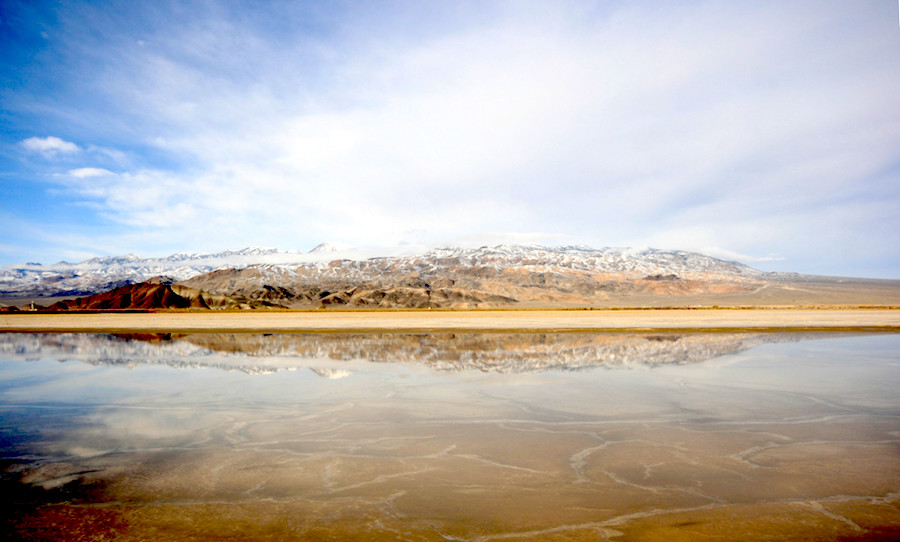Albemarle details efforts to boost its Chilean lithium output by 30%

Albemarle Corp on Tuesday detailed a process it believes will increase its Chilean lithium output by nearly a third and said it is working to reduce the affect of precipitation on its evaporation ponds.
Both steps should, if successful, help the world’s largest lithium producer solidify its operations in Chile’s Atacama desert, which contains massive reserves of the white metal used to make electric vehicle batteries.
A month ago, U.S.-based Albemarle announced it had developed a process to boost Chilean lithium output by 30% without extracting more brine from the Atacama, the world’s driest desert.
The company on Tuesday described a process that evokes the industry standard of using a series of evaporation ponds. Salts that dessicate in each pond typically contain some lithium molecules.
Albemarle said it will re-inject those salts into ponds to effectively boost the concentration of the white metal in successive evaporative steps.
“The technology we’re looking at an investing in is essentially reprocessing some of those salts that contain some lithium,” David Ryan, Albemarle’s head of corporate strategy and investor relations, told the Fastmarkets Lithium Supply and Markets Conference in Santiago.
Asked how this new process differs from traditional evaporation ponds used for decades by the lithium industry, Ryan said: “It’s different from the fact that I don’t know if there’s been a focus on reprocessing some of that byproduct.”
“The technology we’re looking at an investing in is essentially reprocessing some of those salts that contain some lithium”
David Ryan, Albemarle’s head of corporate strategy and investor relations
The true state of the Atacama’s water supply, both fresh and saltwater, has become an obsession of lithium industry watchers because of the area’s huge importance in satisfying soaring global demand for the powdery white metal.
Albemarle’s operations are now only 50% efficient in the Atacama, meaning they are able to extract half of the lithium from the region’s brine.
“That’s not good enough,” said Ellen Lenny-Pessagno, Albemarle’s Chile country manager.
Albemarle has been eyeing partnerships with technology firms to boost its yield, she said.
“If you have a technology that you think would be appropriate for our specific challenges and needs, I would encourage you to reach out,” Lenny-Pessagno told conference attendees on Tuesday.
Torrential rain
Albemarle saw its first-quarter lithium sales drop 2 percent because of the torrential, weekslong January rains at its operations in Chile, which rely on evaporation ponds to produce lithium.
Rival SQM has also said that the rains had impacted “some production” at its northern Chile facilities.
The operations of Livent Corp in nearby Argentina were also affected by the rains earlier this year.
The intense rains in what is typically a bone-dry desert surprised the industry at the time and raised questions about how Albemarle could defend itself in the future as climates change.
“We have taken some steps to lessen as much as possible the impacts of weather on our process,” Ryan said, without elaborating.
An Albemarle spokesman did not provide more details when asked for additional comment.
A typical industry practice to protect evaporation ponds against rain would be to drain ponds as storms approach, storing the concentrate until after rains pass, Lithium Chile Inc’s Jose de Castro said in an unrelated presentation at the Santiago conference.
(By Ernest Scheyder and Dave Sherwood; Editing by Grant McCool)
More News
{{ commodity.name }}
{{ post.title }}
{{ post.date }}

Comments